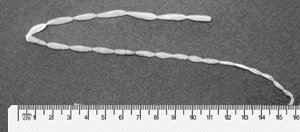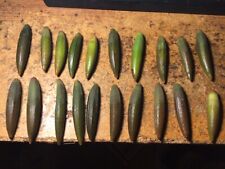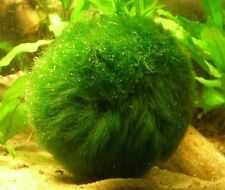Tapeworm Prevention, Diagnosis and Treatment

An intermediate host, such as a rabbit or sheep, will eat a tapeworm ‘oncosphere’ in the vegetation or other infected foodstuff. Here, it will hatch and differentiate into a metacestode. If the infected animal is then eaten by something else (e.g. a cat or dog), the predator will then become an infected host. Here they will grow in the small intestine and more oncospeheres will be shed in the feces to begin the cycle all over again.


A fully grown tapeworm can be up to 45 cm long (above left) but more commonly seen are tapeworm segments (above right).
Diagnosis
May be seen on the pet’s coat, bedding and anus. These can cause anal irritation and excessive licking of this area. These tapeworms are spread by the ingestion of fleas. To treat this infection, you must also treat the flea infestation. In diagnosing tapeworms, the animal will be given a physical examination and the stools will be examined for detection of tapeworm segments.
Therapy
The host animal will be given deworming medication and his hunting and eating habits will be controlled more carefully.










![100 Bulbs Red Tiger Lotus [Bulk Discount] | Aquarium Plants Factory® picture](/petstore/img/g/Ut4AAOSwCShlvx6l/s-l225/100-Bulbs-Red-Tiger-Lotus-Bulk-Discount-Aquarium-P.jpg)


